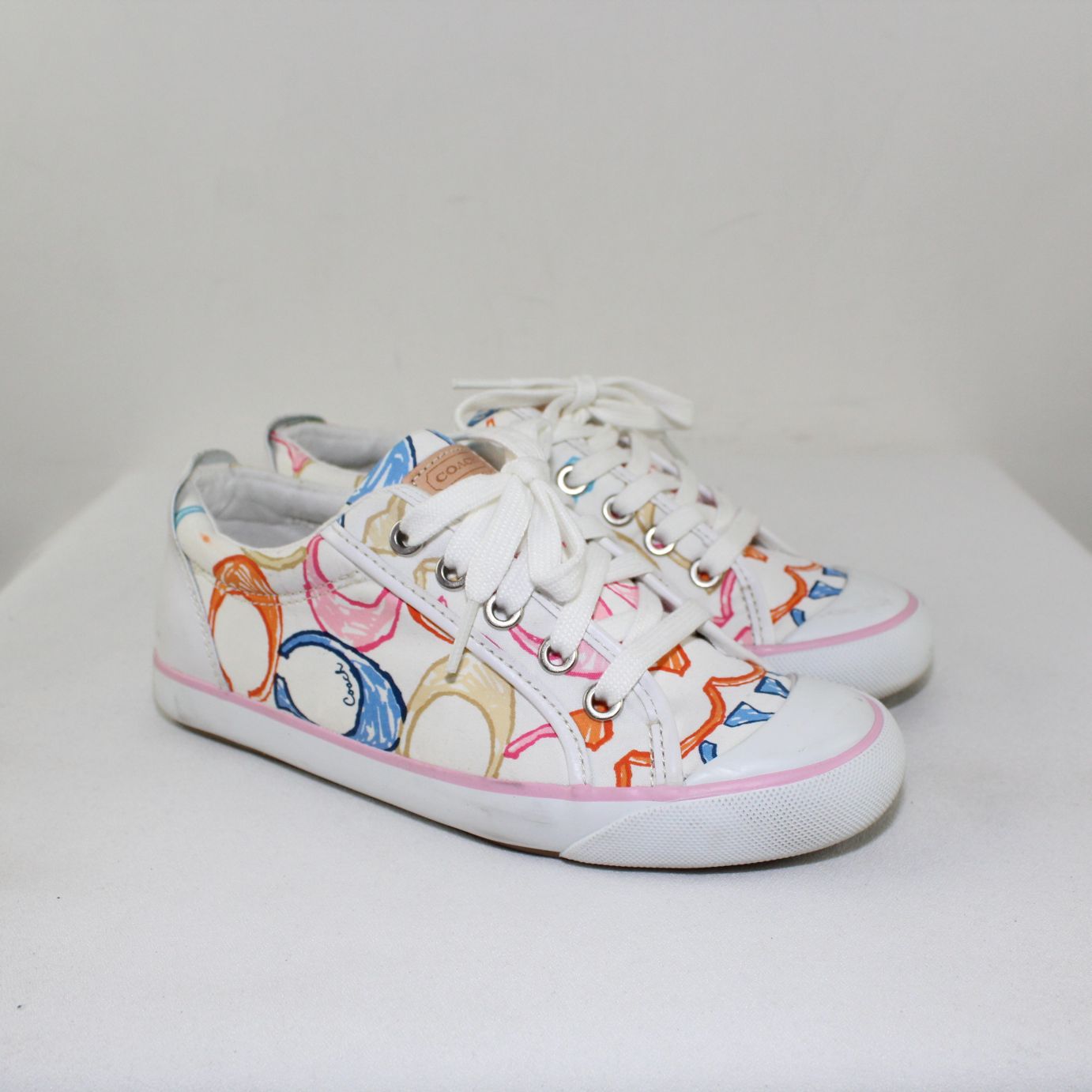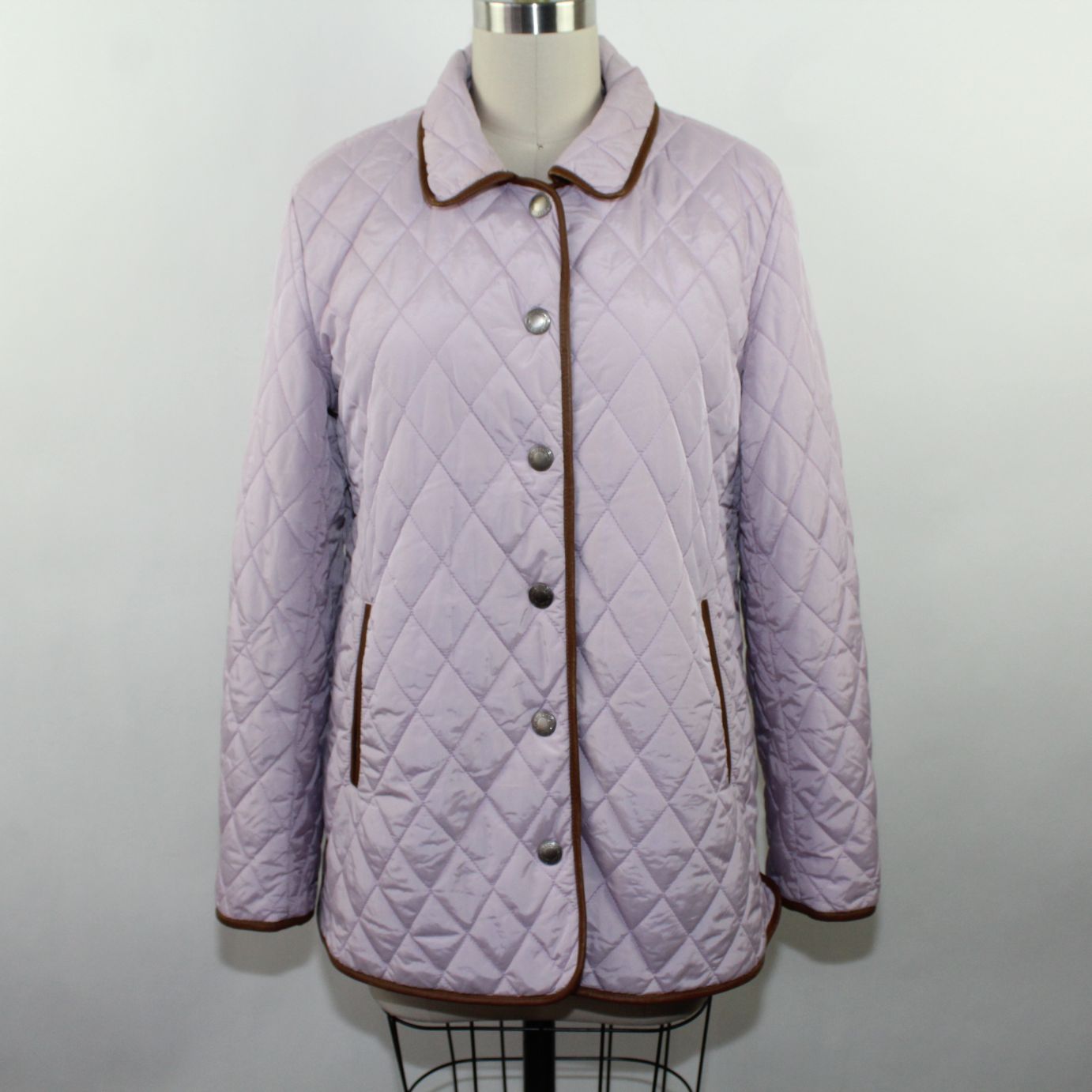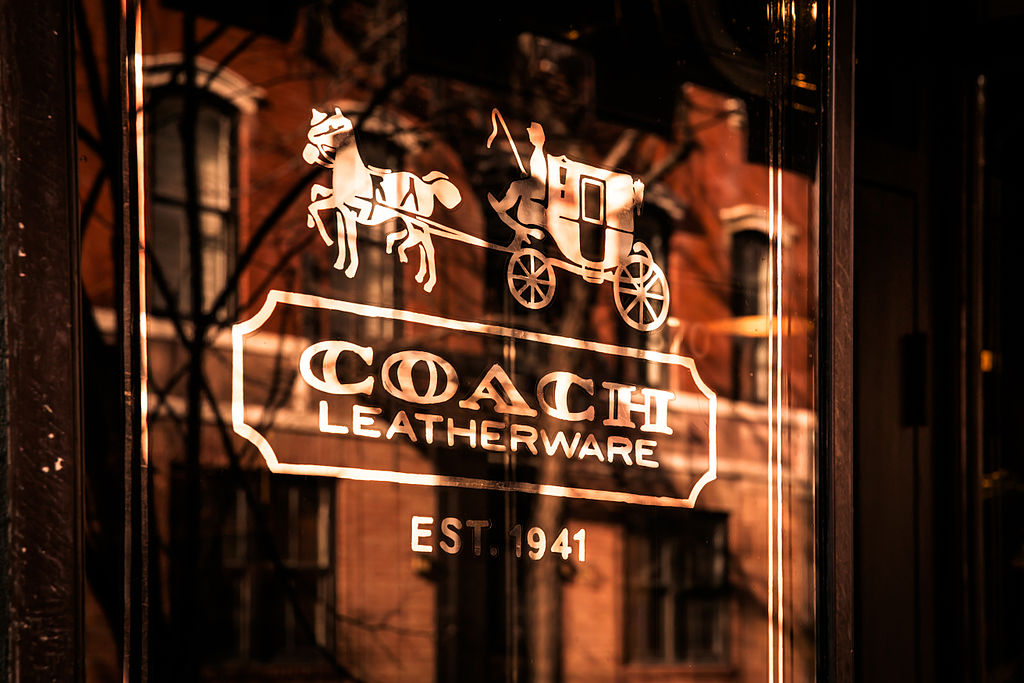
At age 13 I received my first Coach handbag. A light brown, signature jacquard, mini purse with leather handle. A gift from my ever stylish aunt, a habitual carrier of classic Louis Vuitton totes, who imparted to me the importance of a timeless handbag. Over a decade later, I can’t be sure what ever happened to beloved my mini purse. Likely, it is living in my mother’s attic along with other personal effects left behind when I ventured out on my own. However, when the urge for fine leather goods strikes, I know where to turn: the nearest Inspirations thrift store! Read on to learn more about this American institution and explore styles available in our stores.
“The original American house of leather,” formerly known as Manhattan Leather Bags, was founded in New York City, 1941, by Miles Cahn and his wife Lillian. The former being the visionary that conceived the idea for fine leather goods inspired by the tan leather and expert stitchwork found in baseball gloves. The latter, a business-minded woman who rubbed elbows with editors and It-girls to turn the brand into a household name.
Starting out with men’s billfolds, the brand expanded into women's handbags during the 60’s. Under the creative direction of Bonnie Cashin, the “mother of American sportswear,” the Duffle was born, and remains the most iconic silhouette to this day. Notably credited with the phrase, “Chic is where you find it,” Cashin incorporated brass hardware inspired by dog leases and the closures of her convertible top.

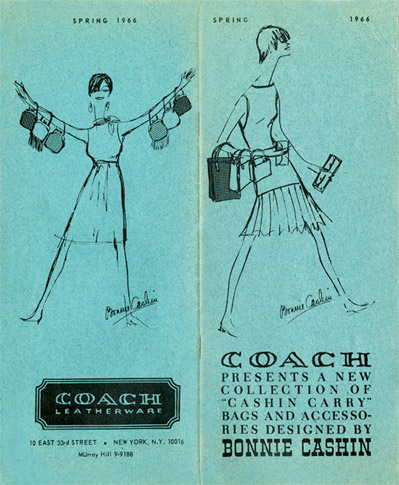
It wasn’t until the late 80’s that Coach endeavored outside of handbags, beginning with watches and entering the apparel market in the early 90’s. In keeping with the American luxury sportswear tradition, former Tommy Hilfiger designer, Reed Krakoff, arrived at the company in ‘96. Cue the heyday of the fashion house. His debut collection featured a dozen perennial styles, colorful and eclectically adorned. In line with attitude of his predecessor Cashin, Krakoff believed that in American fashion, “form follows function,” and admitted to often revisiting the work of the pragmatic pioneer.
If the Duffle is the signature shape, the jacquard monogram is the signature material. Surprisingly, it is still relatively young, as in if it were a person, it wouldn’t be old enough to vote. In 2001, the exalted Coach Signature line is launched.
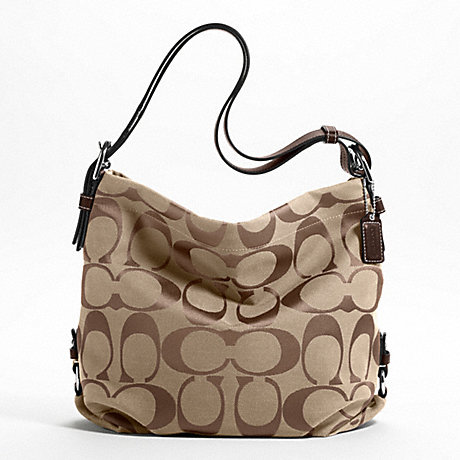
Krakoff begins his namesake line for the company in 2009, sparing no expense. Perhaps it was poor timing, America fell into recession a year prior, but the highly-anticipated collection fell short of expectations. Inversely, the secondary Poppy line was introduced in 2009 as a response to the economy, and met with great success. It’s bright and playful designs were a welcome contrast to the uneasy reality of the nation.
After the departure of Krakoff in 2013, Coach transitioned from “accessible luxury” to high end ready-to-wear. The 1941 line debuted at New York Fashion Week in 2013 with Stuart Vevers at the helm, whom continues there today.
Coach acquired Stuart Weitzman in 2015 to the tune of $574 million. The symbiotic relationship married Coach’s expertise of handbags and Weitzman’s expertise of footwear in an effort to bolster each brand respectively. Earlier this year, on the heels of its 75th anniversary, Coach acquired Kate Spade, a favorite among millennials and tycoon in the handbag industry.
Leather satchels or brocade patchwork, quilted jackets or classic trench coats, sporty sneakers or cutesy espadrilles, endless styles of Coach merchandise are arriving in store daily. At prices this low, you can get the "investment bag" without the investment. Check them out!
See the reasons why you should be shopping at a thrift store. Or check the next trend of the week article to find out what to wear with tweed blazer.

